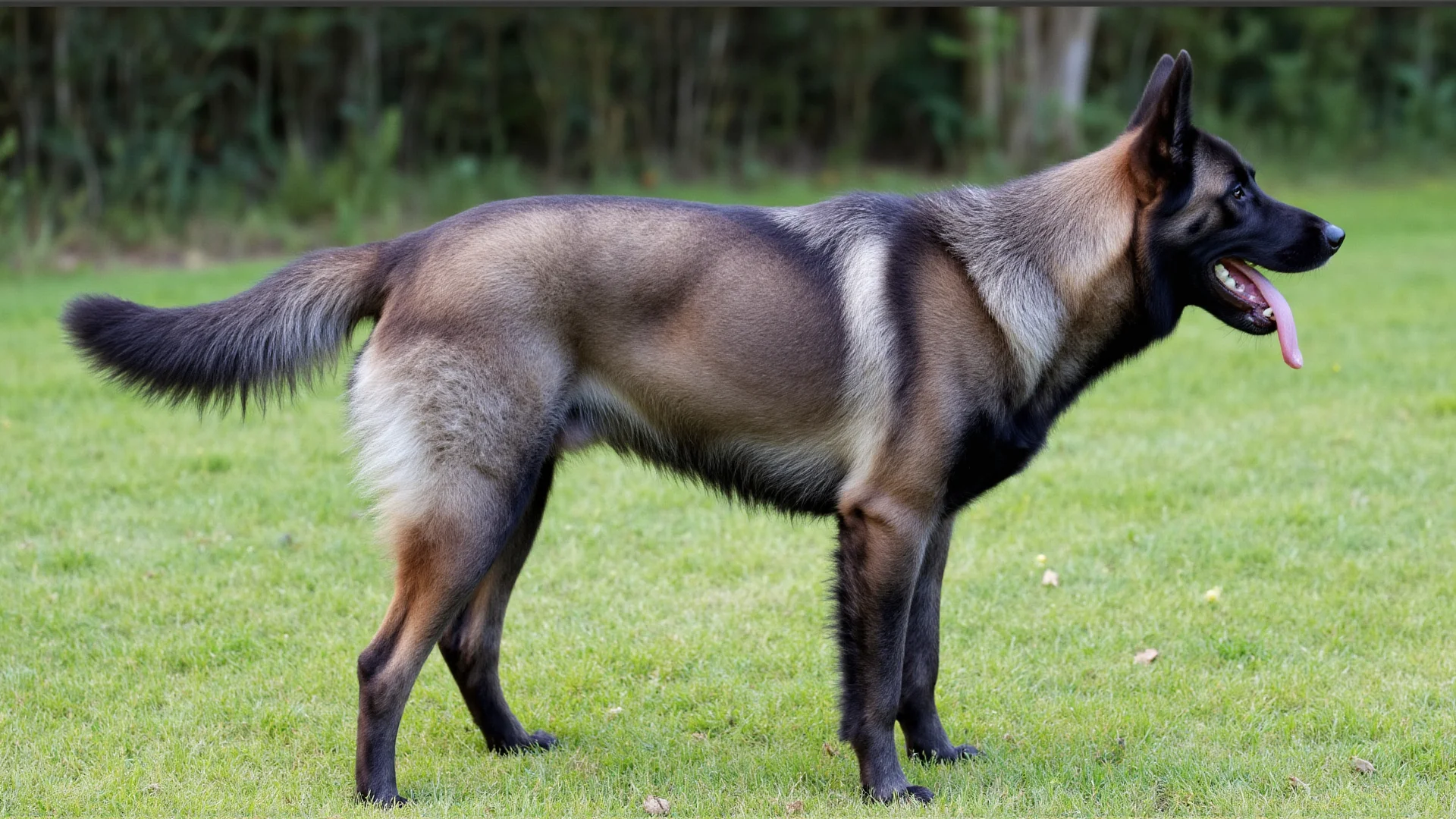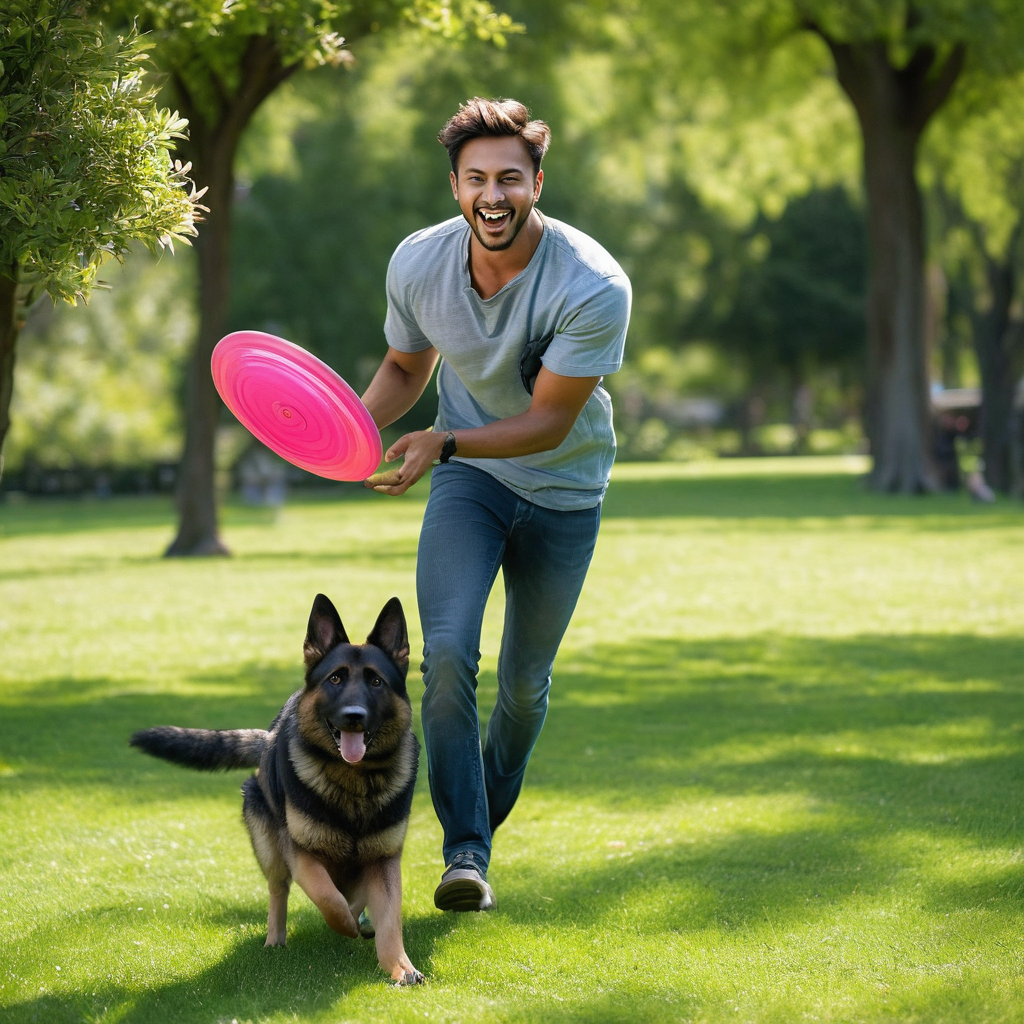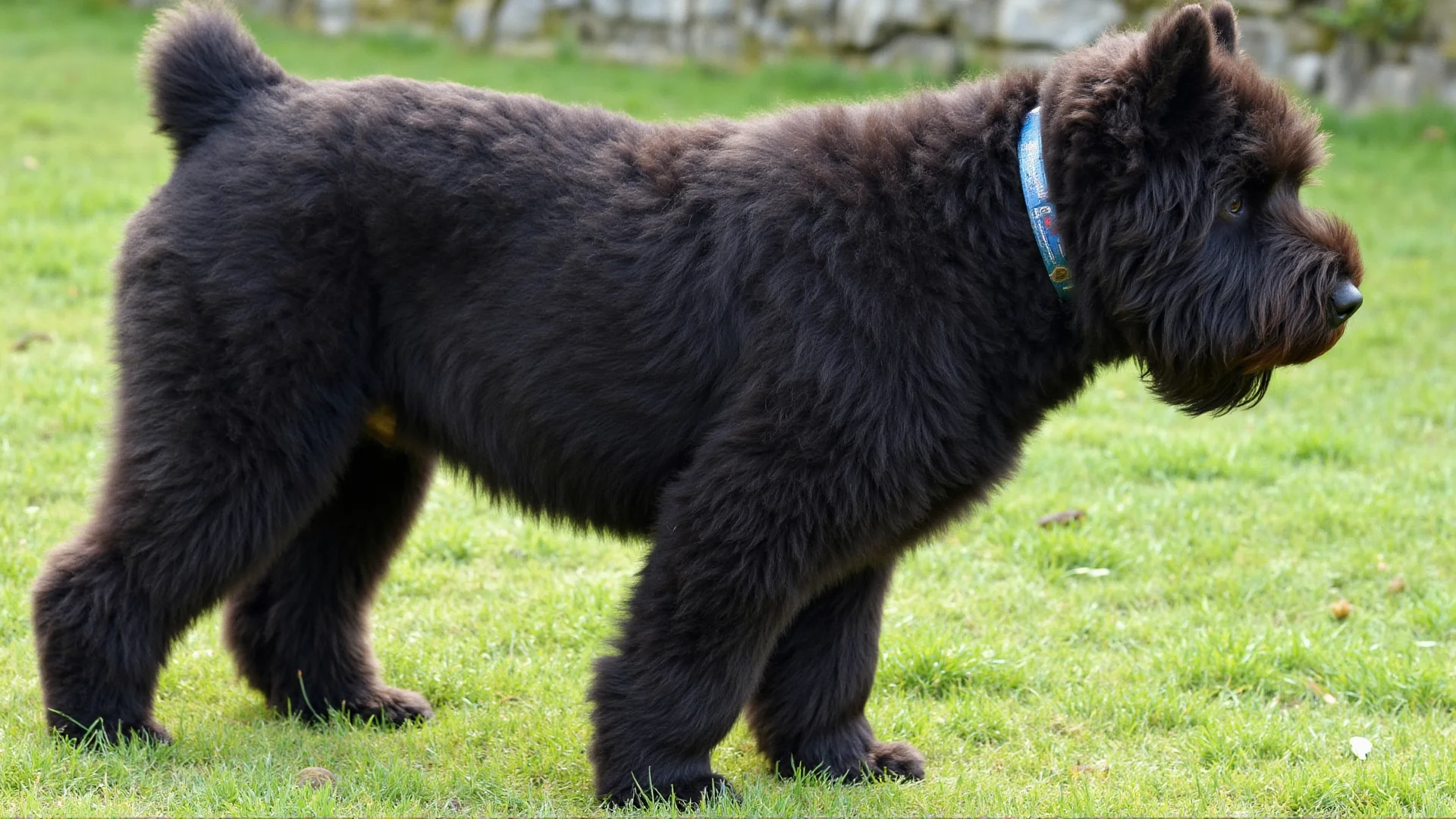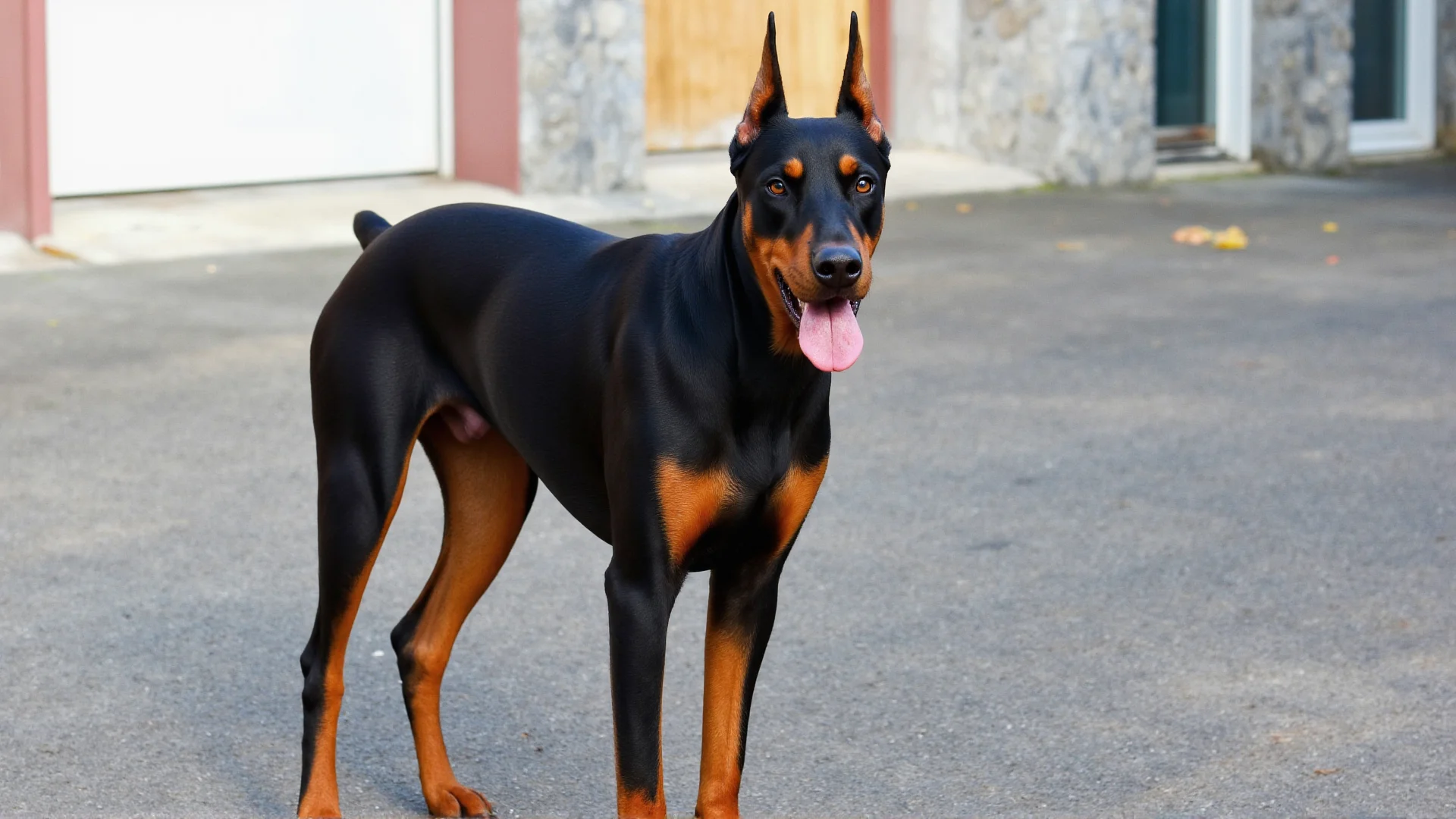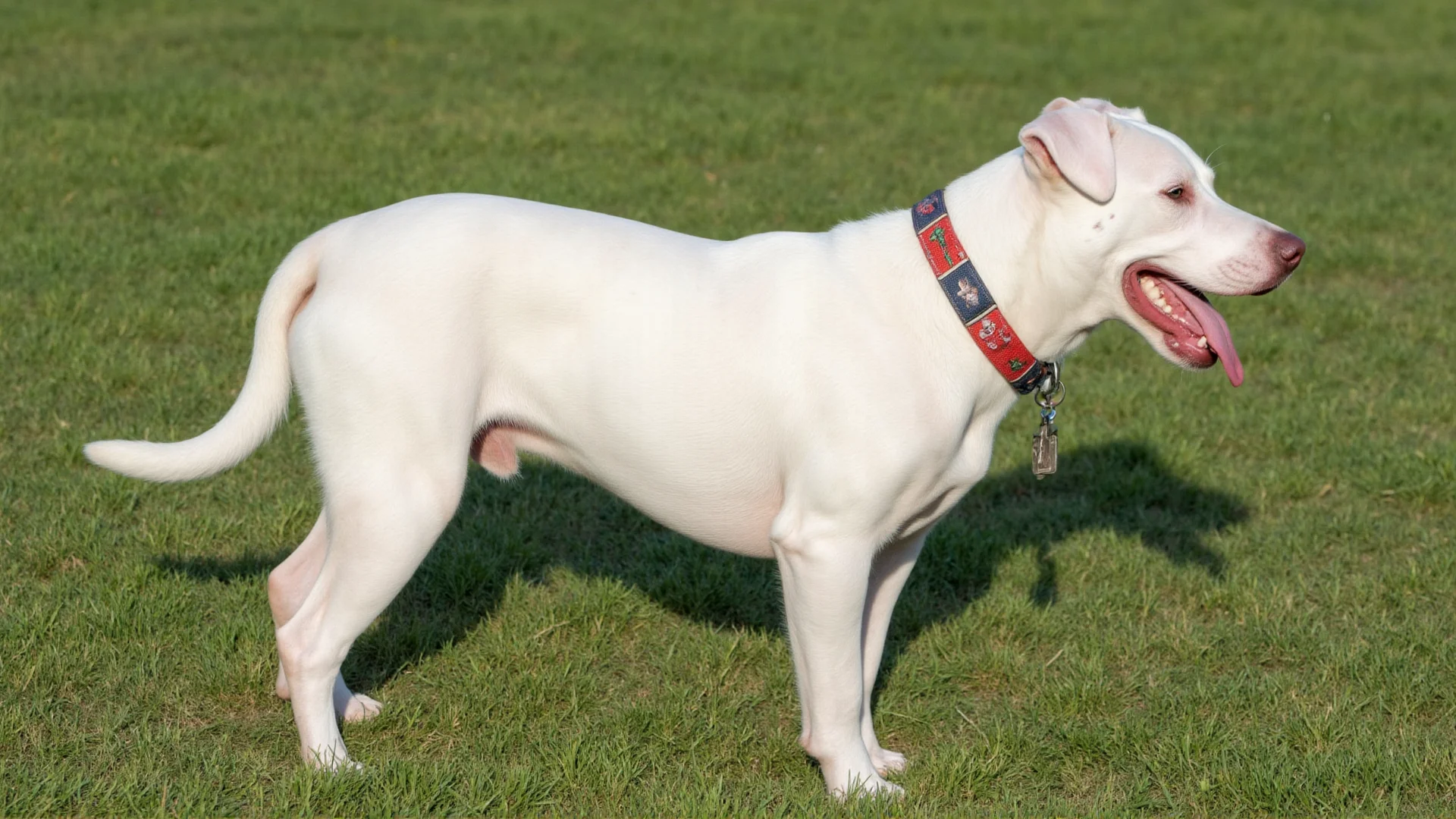Norwegian Elkhound: The Ultimate Arctic Hunting Companion
Discover why the Norwegian Elkhound has been the preferred hunting partner for centuries in the harsh Nordic wilderness.
A Legacy Forged in the Arctic Wilderness
For over 6,000 years, the Norwegian Elkhound has stood as one of the most formidable hunting companions known to mankind. These remarkable dogs were bred in the unforgiving landscapes of Norway, where survival depended on the ability to track, corner, and hold large game in some of the world's most challenging terrain.
The Norwegian Elkhound's hunting prowess isn't just folklore—it's embedded in their DNA. Archaeological evidence suggests that Viking warriors and Norse hunters relied on these dogs not just for companionship, but as essential partners in securing food and protecting their communities from dangerous wildlife.
Physical Attributes: Built for the Hunt
Compact Powerhouse Design
The Norwegian Elkhound's medium-sized, compact frame is perfectly engineered for endurance hunting. Weighing between 48-55 pounds for males and 40-48 pounds for females, these dogs possess the ideal balance of agility and strength needed for tracking large game across varied terrain.
Weather-Resistant Double Coat
Their distinctive double coat serves as natural hunting gear. The dense undercoat provides insulation against sub-zero temperatures, while the longer outer coat repels moisture and debris. This coat system allows Norwegian Elkhounds to work effectively in conditions that would sideline other hunting breeds.
Exceptional Sensory Capabilities
Norwegian Elkhounds possess acute sensory abilities that make them exceptional trackers:
- Scenting ability: Can detect elk scent from distances exceeding 3 miles
- Hearing: Capable of detecting subtle sounds in dense forest environments
- Vision: Excellent peripheral vision for spotting movement in thick underbrush
Hunting Instincts and Behavior
The Art of "Holding" Game
What sets Norwegian Elkhounds apart from other hunting breeds is their unique "holding" technique. Rather than pursuing and bringing down prey, these intelligent dogs track game and then position themselves to keep the animal stationary through strategic positioning and controlled barking. This method allows hunters to approach and make a clean, ethical shot.
Independent Decision-Making
Norwegian Elkhounds were bred to work at considerable distances from their human partners. This has resulted in dogs with exceptional problem-solving abilities and the confidence to make split-second decisions in the field. They can assess dangerous situations involving large game and adjust their strategy accordingly.
Prey Drive and Game Selection
These dogs demonstrate remarkable discrimination in their hunting targets:
- Primary game: Elk, moose, and large deer species
- Secondary targets: Wild boar and, historically, bear
- Small game: Will track but typically defer to specialized breeds
Training Your Norwegian Elkhound for Hunting
Early Foundation Training (8-16 weeks)
Successful hunting Norwegian Elkhounds begin their education early. Focus on building a strong foundation:
- Recall training: Essential for safety in hunting situations
- Scent introduction: Expose puppies to elk, deer, and moose scents
- Terrain conditioning: Gradually introduce various outdoor environments
- Sound conditioning: Acclimate to gunshots and hunting equipment
Advanced Hunting Skills (6-18 months)
As your Norwegian Elkhound matures, focus on developing specialized hunting abilities:
Tracking and Trailing
Start with fresh scent trails and gradually progress to older tracks. Norwegian Elkhounds excel at following scent lines that are hours or even days old, but this skill requires systematic development.
Controlled Barking
Teach your dog when to bay and when to remain silent. The Norwegian Elkhound's bark should serve as communication—alerting you to game location without unnecessarily alarming wildlife.
Distance Work
Gradually increase the distance at which your dog works independently. Start with 50-yard exercises and progressively extend to 200-300 yards as the dog demonstrates reliability.
Specialized Hunting Applications
Elk and Moose Hunting
Norwegian Elkhounds truly shine when hunting North America's largest game animals. Their patient, methodical approach to tracking combined with their ability to hold these massive animals makes them invaluable partners for elk and moose hunters.
Key advantages in elk hunting:
- Ability to work in challenging mountain terrain
- Stamina to pursue game across long distances
- Intelligence to avoid dangerous confrontations
- Weather resistance for extended hunts
Boar Hunting Considerations
While Norwegian Elkhounds can be effective boar hunting dogs, this application requires additional training and safety considerations. Wild boar are aggressive and unpredictable, demanding dogs with exceptional judgment and the ability to avoid dangerous charges.
Equipment and Gear Considerations
Essential Hunting Gear
- GPS tracking collar: Essential for monitoring your dog's location during extended hunts
- Protective vest: Consider chest protection for dense underbrush or when hunting dangerous game
- High-visibility collar: Safety requirement during firearms hunting seasons
- Quality leash and harness: For transportation and initial tracking work
Nutrition for Working Dogs
Hunting Norwegian Elkhounds have significantly higher caloric requirements than house pets. During active hunting season, increase their protein-rich food intake by 25-40% and ensure access to fresh water throughout long hunting days.
Safety and Ethical Hunting Practices
Hunter Safety
Norwegian Elkhounds work at considerable distances from hunters, making clear communication and safety protocols essential:
- Establish clear recall signals that can be heard at distance
- Use GPS tracking to monitor dog location relative to other hunters
- Ensure your dog wears high-visibility gear during firearms seasons
- Practice safe shooting protocols when your dog is holding game
Ethical Considerations
Responsible hunting with Norwegian Elkhounds means respecting wildlife and following ethical practices:
- Ensure quick, humane harvests when game is being held
- Respect property boundaries and hunting regulations
- Avoid pursuing game during sensitive breeding or migration periods
- Train dogs to disengage when commanded
Maintaining Your Hunting Norwegian Elkhound
Physical Conditioning
Hunting Norwegian Elkhounds require year-round conditioning to perform at their peak. Develop a fitness regimen that includes:
- Cardiovascular endurance: Long-distance hiking and running
- Strength training: Hill work and varied terrain navigation
- Flexibility: Activities that promote joint health and mobility
- Mental stimulation: Scent work and problem-solving exercises
Health Monitoring
Regular veterinary check-ups are crucial for working dogs. Pay special attention to:
- Joint health and mobility assessments
- Cardiovascular function evaluation
- Coat and skin condition monitoring
- Parasite prevention protocols
The Modern Norwegian Elkhound Hunter
Today's Norwegian Elkhound hunters continue a tradition that spans millennia, but they do so with modern tools and enhanced understanding of canine behavior and training. These dogs represent the perfect fusion of ancient instincts and contemporary hunting ethics.
Whether you're pursuing elk in the Rocky Mountains, moose in Alaska, or maintaining the traditional European hunting practices, the Norwegian Elkhound offers unmatched dedication, intelligence, and hunting capability. Their compact size, weather resistance, and remarkable endurance make them ideal partners for hunters who demand excellence from their canine companions.
The investment in training a Norwegian Elkhound for hunting pays dividends for years to come. These dogs typically hunt effectively well into their senior years, making them long-term partners in your outdoor adventures. With proper training, conditioning, and care, your Norwegian Elkhound will provide decades of successful hunting experiences while embodying the proud heritage of one of the world's most accomplished hunting breeds.
